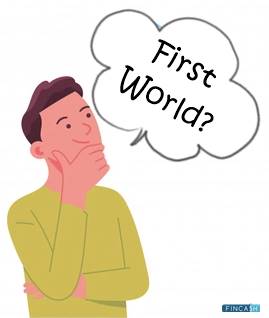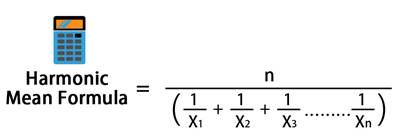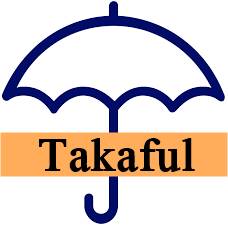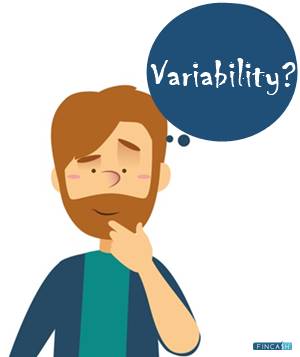
Table of Contents
First World Meaning
The First World concept originated during the era of the Cold War. It referred to the set of countries that were in alignment with the United States of America and the remaining NATO (the nations in opposition). It was opposed to the Soviet Union and communism during the era of the Cold War.

As the collapse of the Soviet Union took place in 1991, the First World definition has significantly shifted to any nation having political risk. The country should also depict rules of law, a properly-functioning democracy, economic stability, capitalist Economy, and a higher standard of living. There are several factors on which First World countries are measured. These include GNP, GDP, the Human Development Index, life expectancy, literacy rates, and so more.
Commonly, the term ‘First World’ nations depict highly industrialized and developed nations. These are mostly referred to as the westernized countries of the world.
History of First World
After the Second World War, the world was divided into two major geopolitical zones. As a result, it separated the world into spheres of Capitalism and communism. It was because of this that the Cold War took place. It was during this time the term ‘First World’ was first used. Therefore, the term holds immense economic, social, and political relevance.
The official term ‘First World’ was introduced by the United Nations during the late 1940s. However, in the modern era, the term turns out to be highly outdated without having any official definition. Typically, it is regarded as the countries that are developed, rich, industrial, and capitalist.
Talk to our investment specialist
As per the First World definition, it refers to countries including New Zealand, Australia, the developed nations of Asia including South Korea, Taiwan, Singapore, and Japan, and the rich nations like the United States of America, Western Europe, North America, and Europe.
In modern society, the term First World is regarded as nations depicting the most advanced and evolving economies. These nations depict a higher standard of living, the biggest influence, and the greatest technology. Once the Cold War ended, the countries of the First World featured member states of neutral countries, US states, and NATO’s member states that are industrialized and developed. These also included former British Colonies.
Understanding the Three World Model
The terms First World, Second World, and Third World were initially used for dividing the nations of the world into three distinct categories. The model did not emerge to the end state suddenly. During the early stages of the Cold War, the Warsaw Pact and NATO were created by the Soviet Union and the United States of America. They were also known as the Eastern Bloc and the Western Bloc.
All efforts have been made to ensure the information provided here is accurate. However, no guarantees are made regarding correctness of data. Please verify with scheme information document before making any investment.












